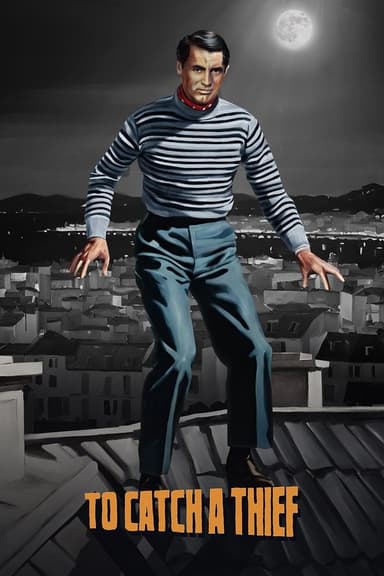
W.C. Fields and Me
1976 • Drama • PG
In 1920s New York City, W. C. Fields is a successful headlining entertainer, but when his girlfriend leaves him and his broker loses his money, Fields begins anew in California. Working at a wax museum, Fields eventually lands a film role that ascends him to stardom. Back in the limelight and palling around with John Barrymore and the like, Fields meets an aspiring actress Carlotta Monti at a party, with whom he forms a rocky relationship.
Runtime: 1h 51m
Why you should read the novel
Carlotta Monti's memoir, 'W.C. Fields and Me,' provides an intimate, first-hand account of her long relationship with legendary comedian W.C. Fields. The book offers a nuanced portrait beyond the public caricature, revealing the complexities of Fields’ private life as seen through Monti’s eyes. Through candid anecdotes and personal insights, Monti paints a more human, vulnerable image of the iconic performer, making the narrative vivid and engaging.
Reading the memoir gives access to details and emotions that are often glossed over or fictionalized in cinematic adaptations. Monti’s voice is honest and sometimes raw, presenting her own feelings, challenges, and the genuine depth of affection between herself and Fields. This authenticity creates a compelling read that allows readers to connect with her journey and understand Fields in a way only a close companion could provide.
For those intrigued by Hollywood history and the true stories behind its stars, the book promises a rewarding exploration. Monti’s storytelling invites empathy and understanding, offering context and depth that a movie constrained by runtime and dramatization simply cannot match.
Adaptation differences
The most notable difference between the adaptation and the book is the level of authenticity and perspective. While the memoir is written in Carlotta Monti’s own words, detailing her personal memories and emotions, the film chooses to dramatize and occasionally alter events for narrative effect. This results in certain character motivations and relationships being simplified or exaggerated, diminishing the nuanced portrayal found in the book.
Another difference lies in the depth of detail. The book delves into Monti’s inner thoughts, the intricacies of her relationship with Fields, and her emotional struggles and triumphs. The film, bound by its two-hour runtime, necessarily condenses or omits many of these subtleties. As a result, several significant moments in Monti’s story are left unexplored or substantially altered to fit a cinematic structure.
Additionally, the film injects elements and dialogue that did not occur in real life, sometimes inventing interactions to heighten drama or create more compelling scenes. This creative license changes the tone and accuracy of particular events, leading to a version of the story that prioritizes entertainment over historical fidelity.
Lastly, the memoir’s introspective tone and firsthand narrative provide a closeness and authenticity unavailable in the adaptation. The book allows readers to experience Monti’s perspective directly, whereas the film shifts the focus more broadly to W.C. Fields himself, often at the expense of fully fleshing out Monti’s unique voice and perspective.
W.C. Fields and Me inspired from
W.C. Fields and Me
by Carlotta Monti, Cy Rice




